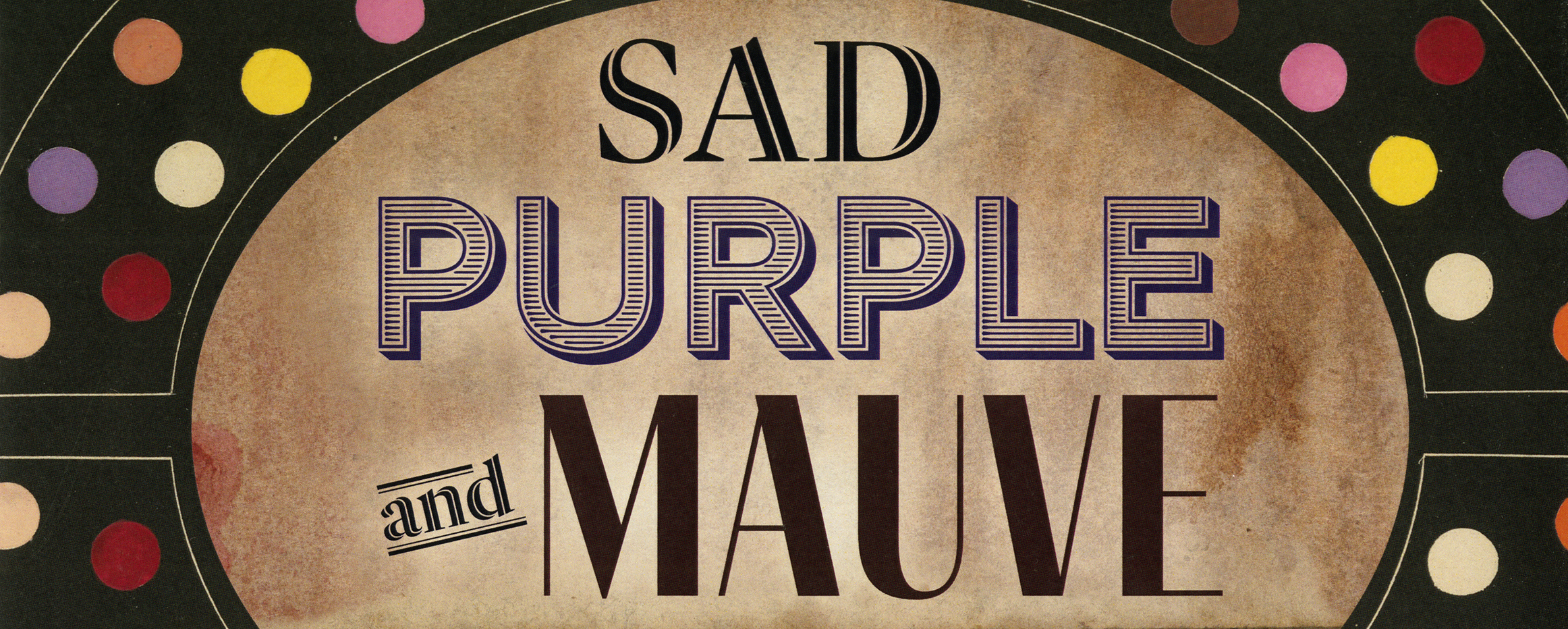Colonial History of Indigo
COLONIAL HISTORY OF INDIGO
John Gabriel Stedman’s Narrative of 1796 chronicles his service with the Dutch military while suppressing rebellions by enslaved people in Suriname. Stedman was complicit in and directly benefitted from slavery: his graphic descriptions of the violence inherent in enslavement, some illustrated by artist William Blake, became an important part of early abolitionist literature in England.
This illustration accompanies Stedman’s description of an indigo plantation on the palatial estate of Suriname’s governor. His narrative makes clear that indigo trade relied heavily on forced labor. Indeed, enslaved people of African and Indigenous descent processed much of the indigo available in the 18th-century (before the invention of the cotton gin, indigo plantations accounted for most enslavement in South Carolina). Turning the plant into blue bricks of indigo powder (labeled as "F" in the illustration with one such cube on view to the right under the cube) was a grueling process for laborers who were forced to mash and ferment indigo plants in vats that produced, in Stedman’s words, a "very noxious smell…that occasions the peculiar unhealthiness which is always incident to this business."
— Written by Sarah K. Rich (Art History, Center for Virtual/Material Studies)
John Gabriel Stedman
"Sprig of the Indigo Plant" (engraved after Stedman)
Narrative, of a Five Years' Expedition… vol. 2
London: J. Johnson and J. Edwards, 1796


